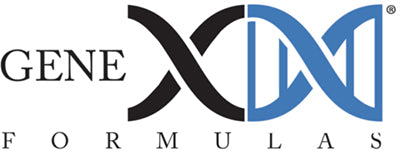Rewinding the Clock
ists have reversed vascular atrophy, restored vessel growth in mice.
As we grow old, we become weak and frail. A constellation of physiological changes—some subtle, some dramatic—precipitate this inevitable decline. What exactly happens inside our cells to cause the biological shifts that lead to aging? It’s a question that has vexed Sinclair and team for years.
As we age, our tiniest blood vessels wither and die, causing reduced blood flow and compromised oxygenation of organs and tissues. Vascular aging is responsible for a constellation of disorders, such as cardiac and neurologic conditions, muscle loss, impaired wound healing, and overall frailty, among others. Scientists have known that loss of blood flow to organs and tissues leads to the build-up of toxins and low oxygen levels. The so-called endothelial cells, which line blood vessels, are essential for the health and growth of blood vessels that supply oxygen-rich and nutrient-loaded blood to organs and tissues. But as these endothelial cells age, blood vessels atrophy, new blood vessels fail to form and blood flow to most parts of the body gradually diminishes. This dynamic is particularly striking in muscles, which are heavily vascularized and rely on the robust blood supply to function.

